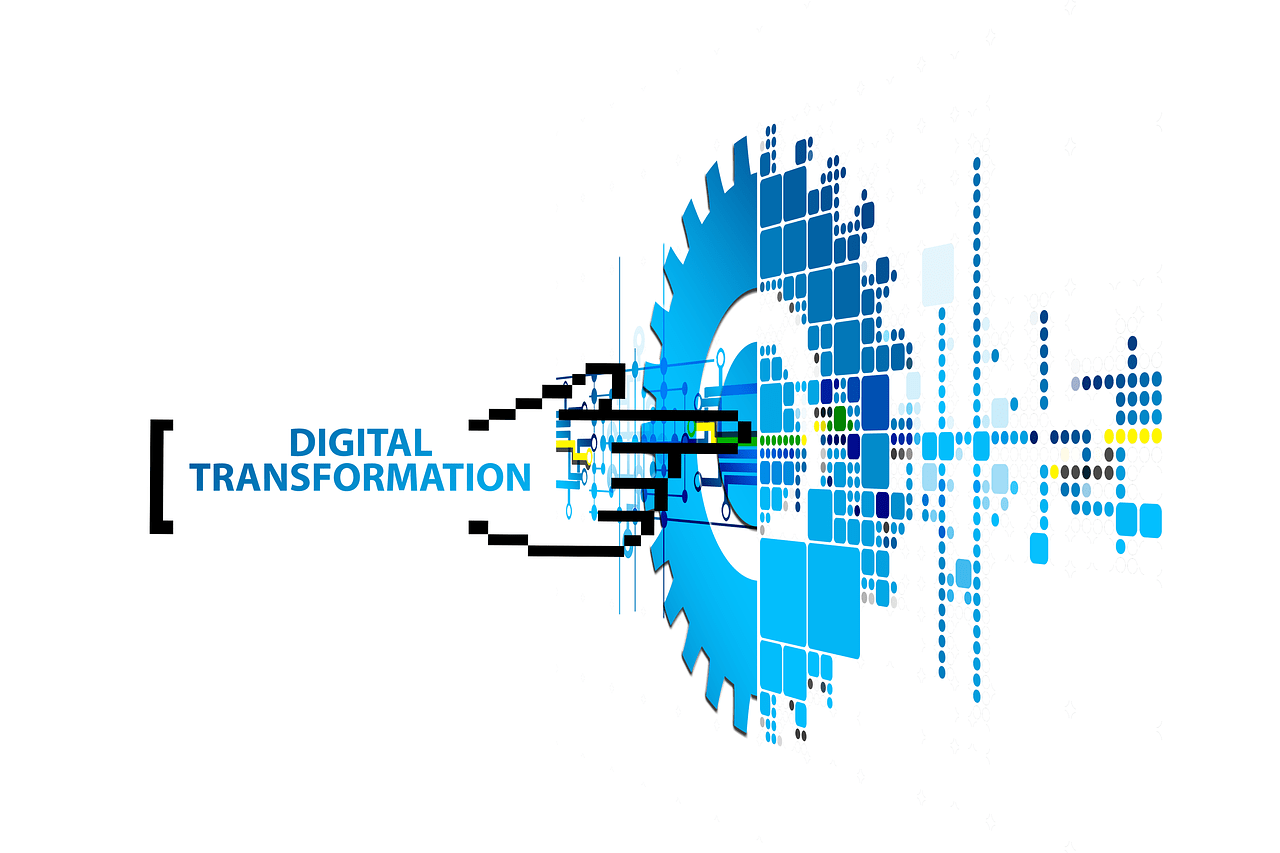
In today’s rapidly evolving business landscape, sustainability has become the new disruptor, much like digital transformation before it. Enterprises are now navigating an increasingly complex web of environmental, social, and governance (ESG) standards, laws, and consumer expectations. As the backbone of modern businesses, Information Technology (IT) must not only adapt to these changes but play a pivotal role in driving them.
💻 The Role of IT in ESG Goals
Sustainable IT—also known as “Green IT”—goes beyond reducing energy consumption. It encompasses the broader role IT can play in shaping a business’s sustainability strategy. As both a contributor to environmental challenges and a critical part of the solution, IT has the power to transform not only itself but the entire organization’s business and operational models. By doing so, it helps meet regulatory requirements, improves energy efficiency, and enables the adoption of green technologies.
Enterprise Architecture Management (EAM) and Strategic Portfolio Management (SPM) are key disciplines that can help organizations bridge the gap between business strategy and IT execution. These tools provide a holistic view of IT landscapes, ensuring decisions align with sustainability goals and avoiding piecemeal approaches that can lead to inefficiencies or greenwashing.
👍 Why IT Must Drive the Change
For IT to truly champion sustainability, companies must first acknowledge the significant carbon footprint that the tech sector generates. IT operations, from data centers to e-waste, contribute massively to global emissions and waste. By 2030, IT is projected to consume 21% of global electricity. Yet, only a small percentage of organizations actively track their IT footprint or take steps to reduce it.
Focusing on sustainable IT can help organizations reduce these environmental costs and rethink their IT systems in a way that drives greener operations across the business. This includes optimizing energy use, embracing green sourcing, minimizing e-waste, and ensuring compliance with sustainability regulations.
🌳 The Benefits of a Sustainable IT Framework
Adopting a sustainable IT framework brings numerous advantages. It allows companies to:
These initiatives not only contribute to a company’s ESG goals but also position it as a leader in an increasingly eco-conscious market. Consumers, employees, and investors are prioritizing sustainability more than ever, with 79% of consumers making purchasing decisions based on sustainability and nearly half of employees preferring to work for companies with green practices.
✋ Avoiding Common Pitfalls
However, achieving sustainable IT is no easy feat. It requires a cohesive, integrated strategy that avoids quick fixes or disjointed projects. Without a clear, data-driven approach, businesses risk inefficiencies, non-compliance, and even accusations of greenwashing. Sustainable IT is not a one-time exercise; it must be an ongoing effort aligned with both IT and corporate strategies.
Conclusion
The sustainability disruption is here, and IT is at its core. By focusing on sustainable IT practices, businesses can reduce their environmental impact, drive innovation, and gain a competitive advantage. Leveraging tools like EAM and SPM, organizations can ensure their IT landscape is both green and strategically aligned with broader ESG goals. Embracing this shift is no longer optional—it’s a necessity for businesses that want to thrive in a sustainable future.